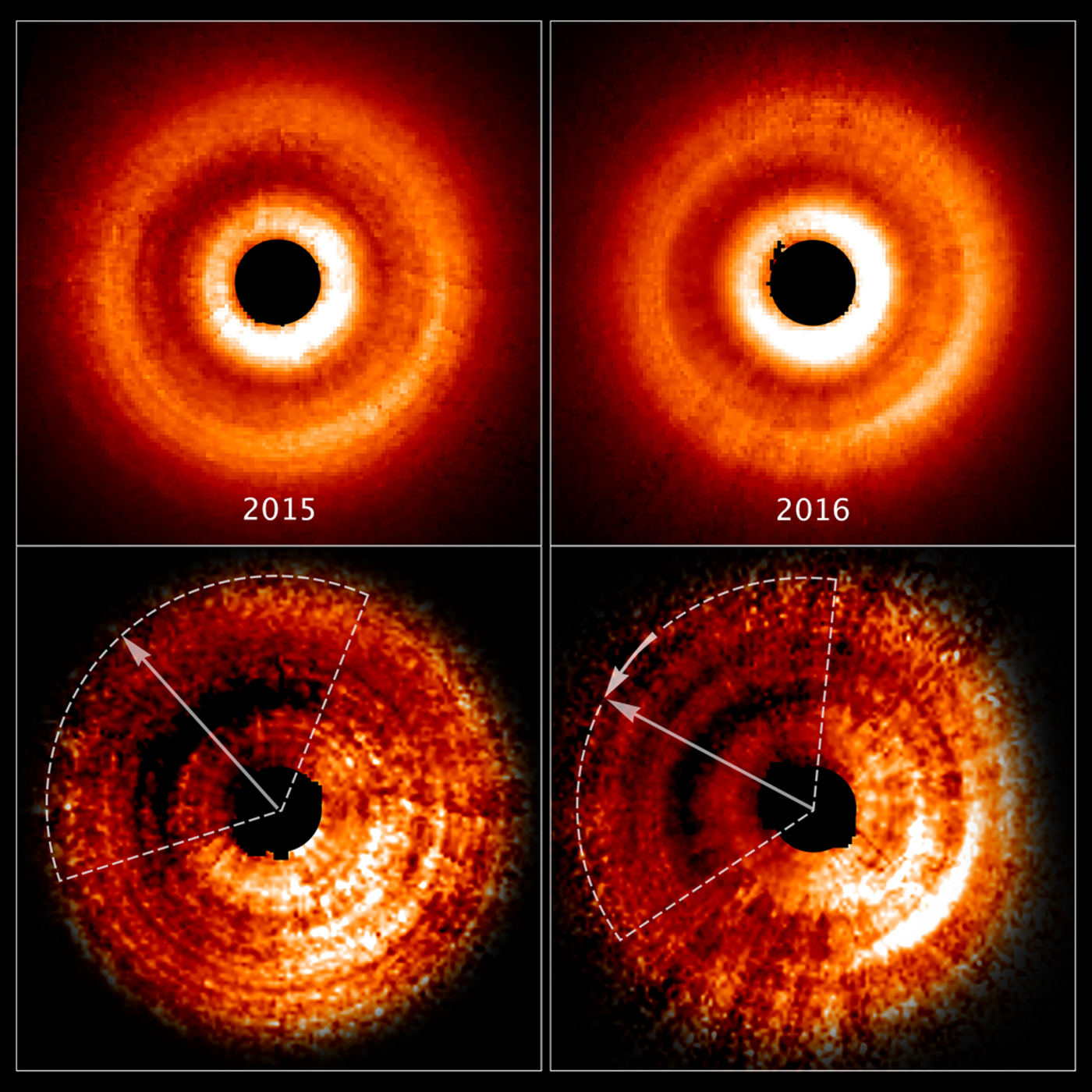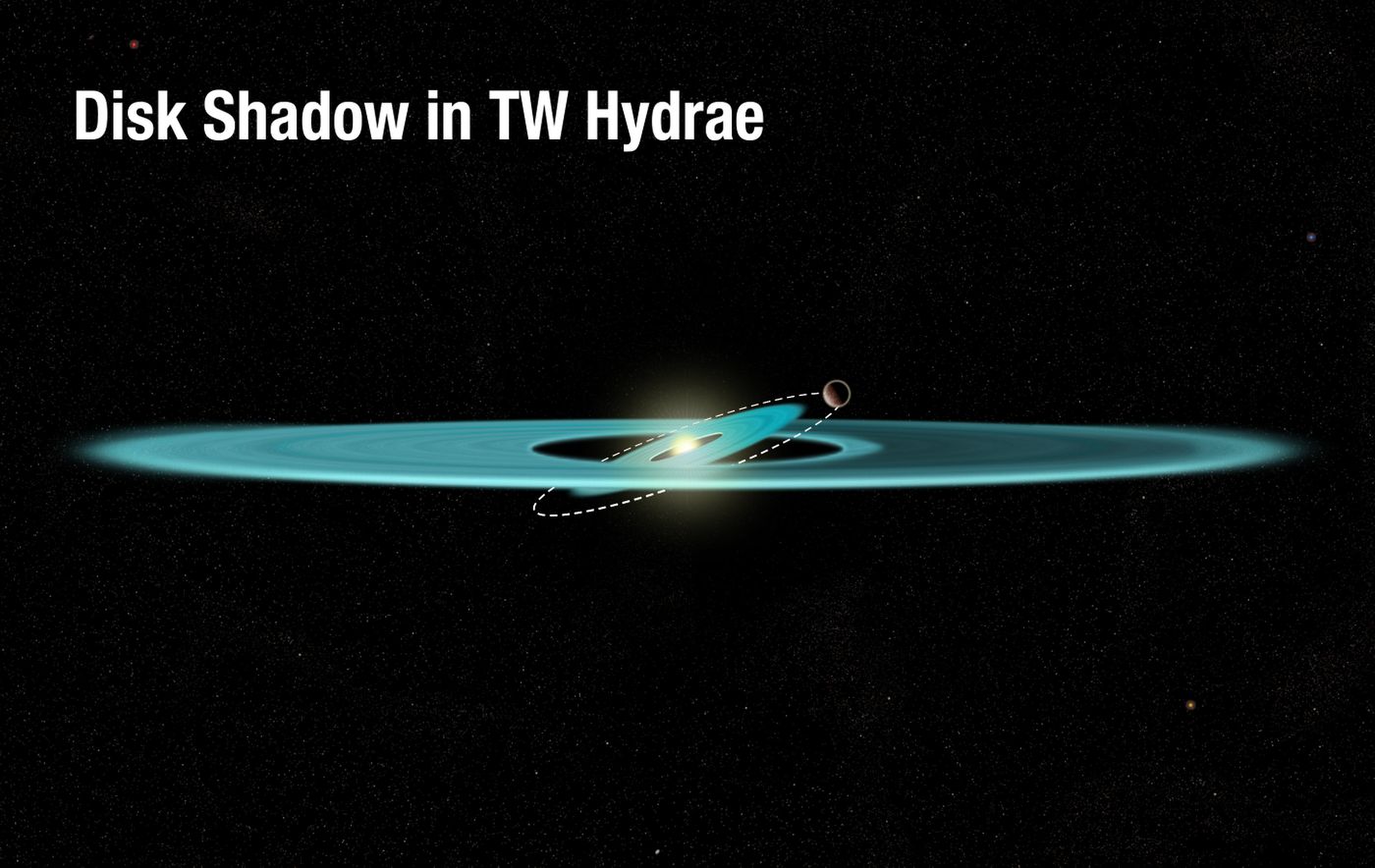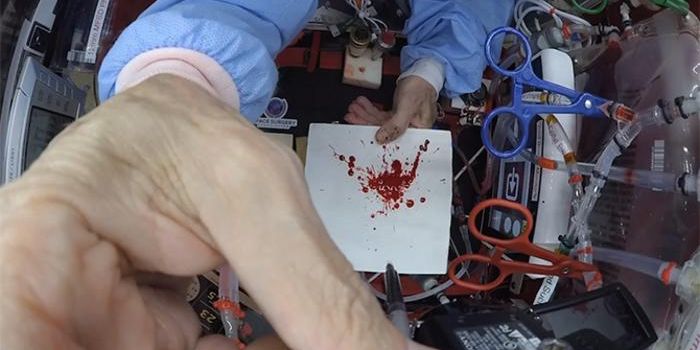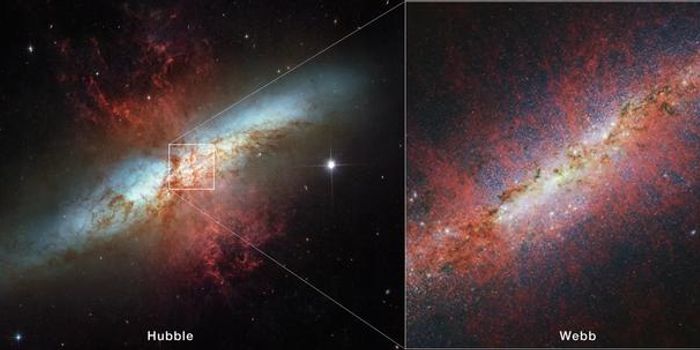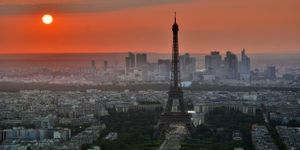Hubble Spots Planetary Shadow Puppeting Activity in Nearby System
Some of the top space science experts are always peering through the heavens with the Hubble Space Telescope, looking far beyond our puny Solar System to learn more about the variety of other systems that exist around us in our Milky Way galaxy.
One particular point of interest comes from the stellar system TW Hydrae, where NASA says a planet is casting shadows as it gravitationally tugs on the matter around it. In this case, that matter is a gas disk, and every time it tugs on that material, it causes some distortion that is clearly seen in the observations.
Image Credit: NASA, ESA, and J. Debes (STScI)
This system is approximately 192 light years away from Earth in the constellation Hydra, so understandably, we can’t see it all that well. Nevertheless, the observations we do have are quite clear, and show us what appears to be shadow puppetry being performed by the planet itself.
The scientists have been observing this system for so long over a period of time with STIS and Hubble’s Near Infrared Camera and Multi-Object Spectrometer (NICMOS) that they were able to spot this effect as it took place. Since scientists haven’t spent extensive time looking at other stellar systems for this effect, it’s possible that this is quite common.
“This is the very first disk where we have so many images over such a long period of time, therefore allowing us to see this interesting effect,” lead astronomer John Debes of the Space Telescope Science Institute in Baltimore, Maryland said in a statement. “That gives us hope that this shadow phenomenon may be fairly common in young stellar systems.”
The shadow effects were reportedly first noticed when a change in the brightness of the gas disk was observed during positional shifts. The first observations occurred in 2005, but so early on in the game, there was not enough data to conclusively state these results. Now in 2017 however, we have several years of observations, all of which seem to agree with the preliminary theory.
On the other hand, the scientists didn’t originally think a planet was to blame for this chaos. They originally believed that what they were seeing was a change in the disk itself, but after seeing the exact same patterns repeat themselves after approximately 16 years, the theory that it could be a planet overlaying the disk and simply casting shadows during its orbit became clear.
“The fact that I saw the same motion over 10 billion miles from the star was pretty significant, and told me that I was seeing something that was imprinted on the outer disk rather than something that was happening directly in the disk itself,” Debes said. “The best explanation is that the feature is a shadow moving across the surface of the disk.”
The shadows could be created if there is an inner disk and outer disk and the inner one is tilted slightly. That said, the following model appears to best mock up the TW Hydrae system:
Image Credit: NASA, ESA, and A. Feild (STScI)
Importantly, gravitational play from an unseen planet could be causing warping effects for the disk itself, which is what Hubble was seeing all these years.
There is still much to learn, and further observations may reveal more clues. As NASA’s James Webb Space Telescopes nears completion and prepares for launch in 2018, you can bet scientists are excited to use its larger primary mirror and more sensitive observation instruments to learn more about this system in addition to many other things.
Source: NASA
